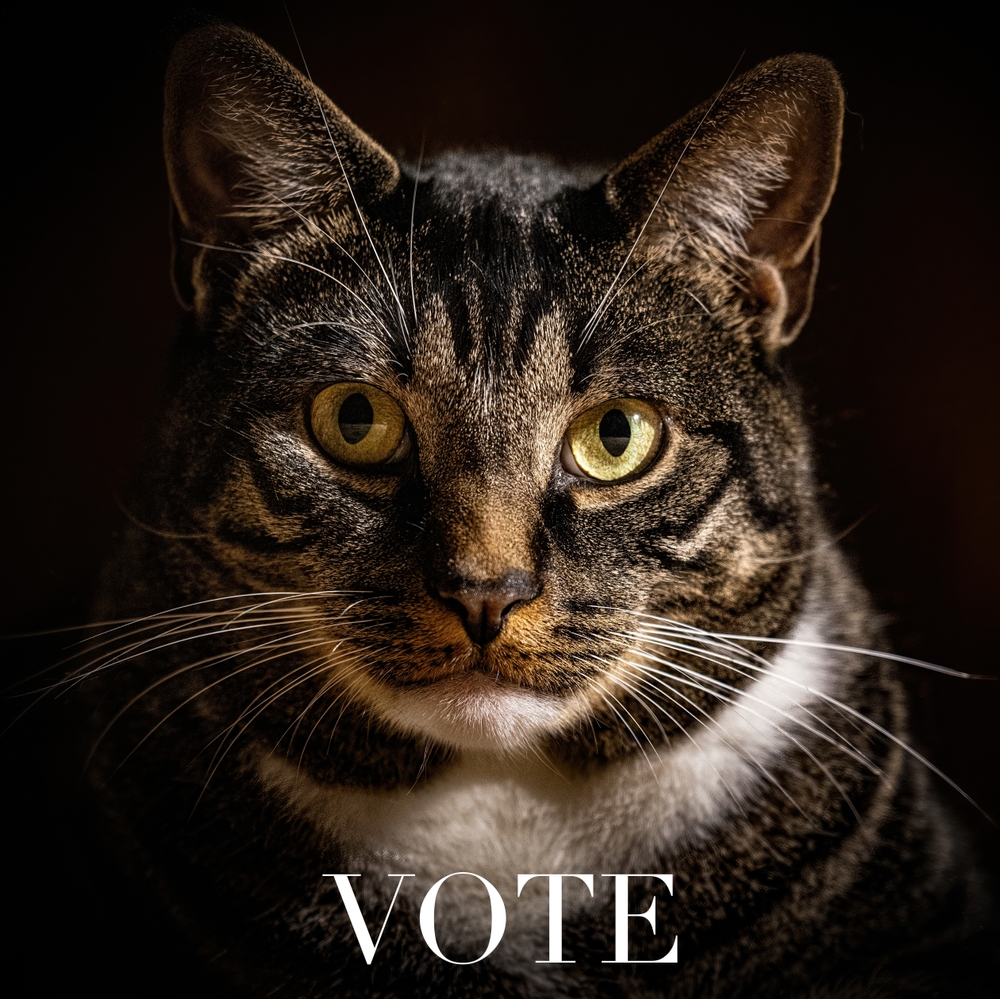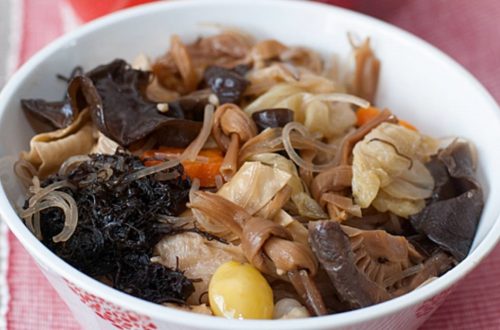
Celebrating Democracy with Election Cake
Activists these days have been busily encouraging voters to participate in the upcoming election. Forget the ads and mailers; these folks are using postcards, texts, e-mails, phone calls, social media, friends-and-family networks, and old-fashioned door knocking to get out the vote.
Of course, we have more than two centuries of experience in methods for electing candidates for office and gaining support for voter referendums and ballot questions. But put yourself in the shoes of candidates back in the early days of the new democracy in the late 1700s. In New England, even before the Declaration of Independence was signed in 1776, elections for governor and local town offices were held in the spring. These events were viewed as one of the few times when the locals flocked to town from their homesteads to celebrate the expression of freedom by partying, with abundant beverages and food, of course.
“Remember the ladies”
Women couldn’t vote. But for them, these elections provided an opportunity to socialize, and one of their contributions to the festivities was something called an election cake. This large, dense cake was leavened with homemade yeast (essentially sourdough), with lots of eggs, sugar, butter, and spices such as cinnamon, cloves, nutmeg, and mace. Usually, the cake was studded with available dried fruits such as raisins, currants, apricots, or cranberries, soaked for hours in a liquor such as brandy or sherry. A sort of enormous fruit cake.
This concoction originated in New England but is known to have traveled west along with the settlers who migrated to the open country for new opportunity. The exact origin is vague, but some believe that the tradition actually started as a “muster cake” meant to fortify the men who were called to participate in the local militias.
A recipe from the archives
When helping assemble a community cookbook two years ago, I perused the archives of the Museum of Old Newbury, where I found a recipe for election cake that came from “Our Dear Mother’s Recipe Book” (1795). Like many such recipes of the time, it was designed to feed a large crowd: 4 ½ pounds of flour, 14 eggs, 1 ¾ pounds of sugar, 1 ¼ pounds of butter, a pint of milk, and 3 gills of yeast, among other ingredients.
Election cake seems to have fallen out of fashion by the mid-1800s. Though voter turnout was only 32 percent in 1800, it had risen to the 70 to 80 percent range in the 1840s, but still, elections were probably less-festive affairs. More recently, election cake gained publicity and caught the interest of Susannah Gebhart, CEO of the Owl Bakery in Asheville, N.C. She jumped into the fray and shared photos on her election cake on social media for the 2016 and 2020 elections. The bakery donated proceeds in 2020 to the League of Women Voters. Sadly, damage from Hurricane Helene in September forced the bakery to close temporarily.
Voting on the rise
As for voter participation rates these days, the last presidential election was up to 66.6 percent, up from 60 percent in 2016; this year, early voting has been breaking all records. The idea of celebrating the opportunity to participate in the process of selecting our future leaders seems like a worthwhile effort. If the 2024 election goes our way, we might well be celebrating our own get-out-the-vote efforts with an election cake.
From your email, please click on the headline to view the blog and photo on the website. You can log in and comment at the end of the blog to share your thoughts and start a discussion, or suggest a topic for Farmboy in the Kitchen.
If you’d like to share the blog, click on the Facebook icon or one of the others. Thanks!





One Comment
Tracy May
Indeed if the election goes our way we may be making this cake to go along with our bottle of celebratory prosecco!